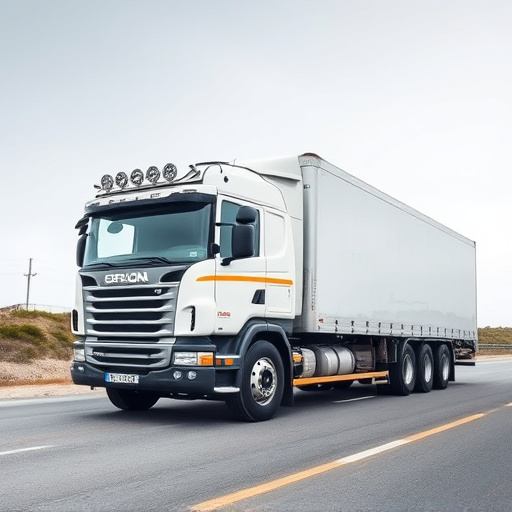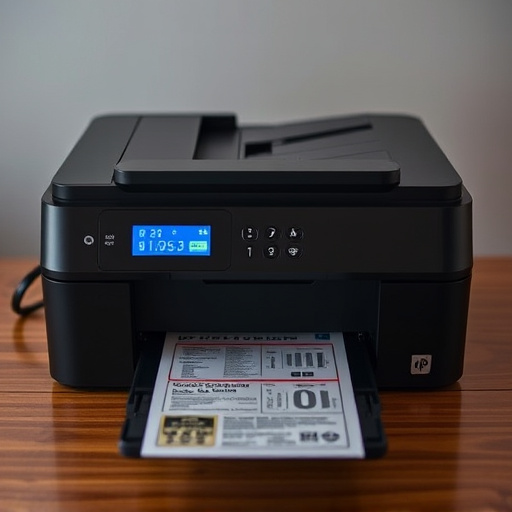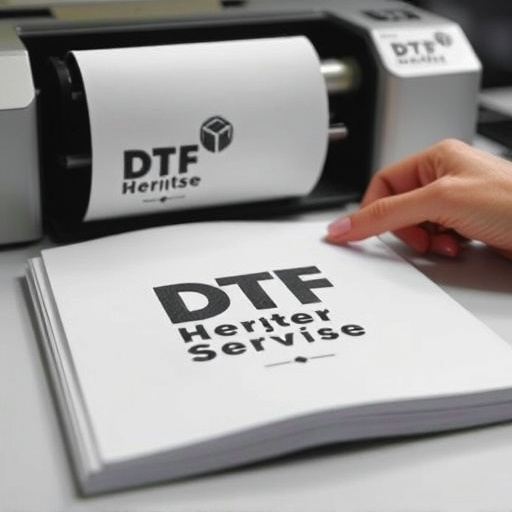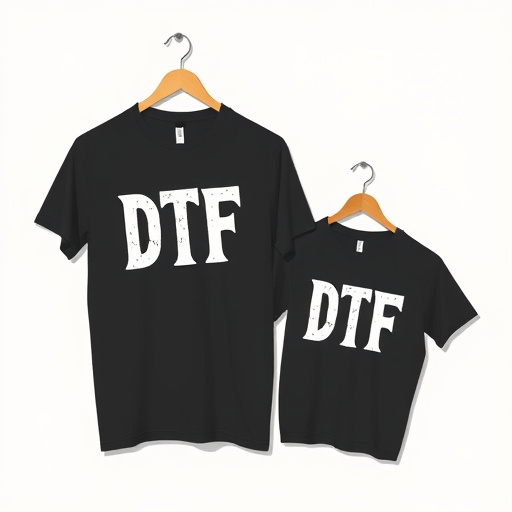Direct-to-fabric (DTF) printing has revolutionized commercial textile printing, enabling businesses to produce custom, high-quality designs with intricate details and vibrant colors quickly. Advancements in hardware, software, and custom gang sheets have improved precision, efficiency, and cost reduction. This technology, rooted in digital advancements and screen printing, transforms apparel and product development, catering to diverse market needs for personalized branding while minimizing waste and setup time.
Direct-to-fabric (DTF) technology is revolutionizing the way we personalize and brand our apparel and products. This innovative process has seen a significant rise in adoption due to its versatility, speed, and cost-effectiveness compared to traditional methods. With advancements in inkjet printing, smart fabric preparation, and post-print finishing techniques, commercial DTF printing offers unparalleled creative freedom.
This article delves into the key innovations shaping modern commercial DTF printing, addressing its historical evolution, driving factors, technical breakthroughs, and future prospects. We explore the challenges and opportunities, from enhancing print durability to catering to the growing demand for sustainable solutions.
- The Rise of Direct-to-Fabric (DTF) Technology
- – A brief history of DTF printing and its evolution in the commercial space.
- – Key factors driving the increased adoption of DTF for custom apparel and product branding.
The Rise of Direct-to-Fabric (DTF) Technology
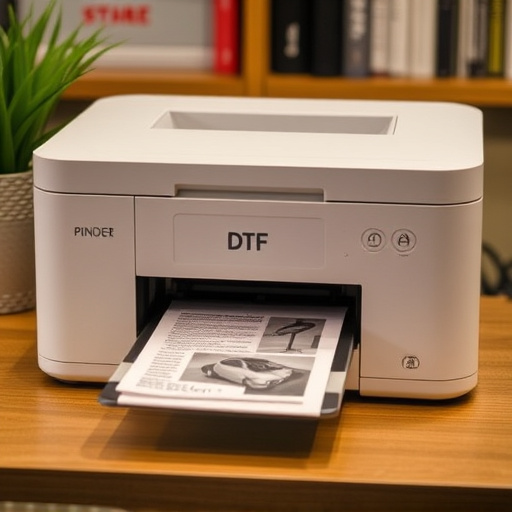
The direct-to-fabric (DTF) printing revolution has transformed the way we approach commercial printing on textiles. This cutting-edge technology allows for precise, high-quality printing directly onto fabric, enabling businesses to create custom dtf transfers with intricate designs and vibrant colors. The rise of DTF has democratized the process, making it accessible to a wide range of industries, from apparel to home decor.
With advancements in hardware and software, modern DTF systems offer unparalleled precision and efficiency. Printers can now produce detailed, full-color images directly onto various fabric types, meeting the diverse needs of today’s market. Custom dtf gang sheets, for instance, allow for bulk printing, streamlining production and reducing costs. Meeting these demands requires a deep understanding of dtf design requirements, ensuring that files are optimized for seamless integration with printing machinery and achieving exceptional results.
– A brief history of DTF printing and its evolution in the commercial space.
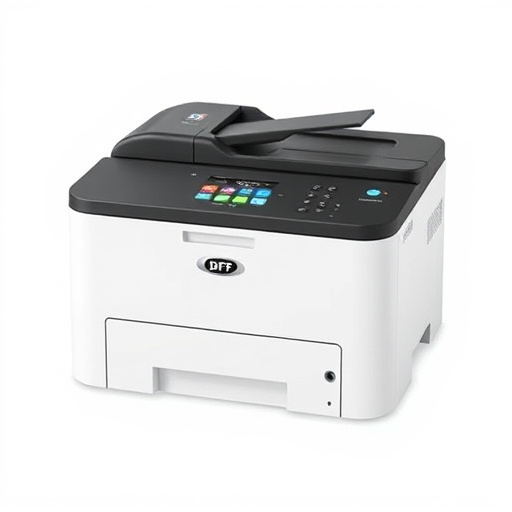
Direct to fabric (DTF) printing has evolved from a niche technique to a powerful tool in the commercial design and apparel industry. Historically, DTF began as an offshot of screen printing, allowing for direct printing onto fabrics without the need for screens. Over time, this process advanced with the introduction of digital technologies, enabling faster production times and greater design flexibility. Today, commercial DTF printing is a game-changer, offering businesses the ability to upload their own gang sheet designs and achieve vibrant, high-quality results with fast delivery times.
The evolution of DTF printing has been marked by significant improvements in print head technology, ink formulations, and software capabilities. These advancements have not only increased the speed and efficiency of production but also enhanced the range of materials that can be printed on, expanding the possibilities for creative designs and unique fabric finishes. With its ability to produce complex, detailed prints on a variety of fabrics, commercial DTF printing is transforming the way businesses approach custom apparel and product development, ensuring they stay ahead in an increasingly competitive market.
– Key factors driving the increased adoption of DTF for custom apparel and product branding.
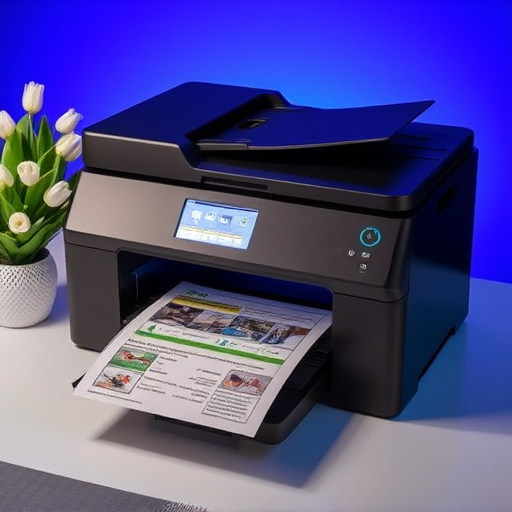
The increasing demand for custom apparel and product branding has significantly fueled the adoption of Direct-to-Fabric (DTF) Printing in the commercial arena. This innovative technology offers a cost-effective, fast, and precise method for businesses to create personalized designs on various fabrics. With its ability to print directly onto fabric without the need for intermediate materials like heat transfers, DTF has streamlined the production process, allowing brands to bring their unique concepts to market swiftly.
Several key factors are driving this trend. Firstly, DTF printing reduces waste and setup time compared to traditional methods, making it an eco-friendly and efficient choice for small and medium-sized businesses. Secondly, the ability to print on a wide range of fabrics, from cotton tees to polyester jackets, expands brand versatility in product offerings. Lastly, with advancements in technology, DTF heat press settings have become more user-friendly, enabling both professionals and beginners to achieve high-quality, long-lasting prints with consistent results.
As we’ve explored, key innovations have propelled commercial DTF printing into a vibrant game-changer in the textile industry. From its modest beginnings, DTF technology has evolved to offer speed, versatility, and cost-effectiveness for custom apparel and product branding. With ongoing advancements promising even greater efficiency and expanded material compatibility, the future of Commercial DTF Printing looks brighter than ever, poised to redefine how we create and personalize fabrics.




